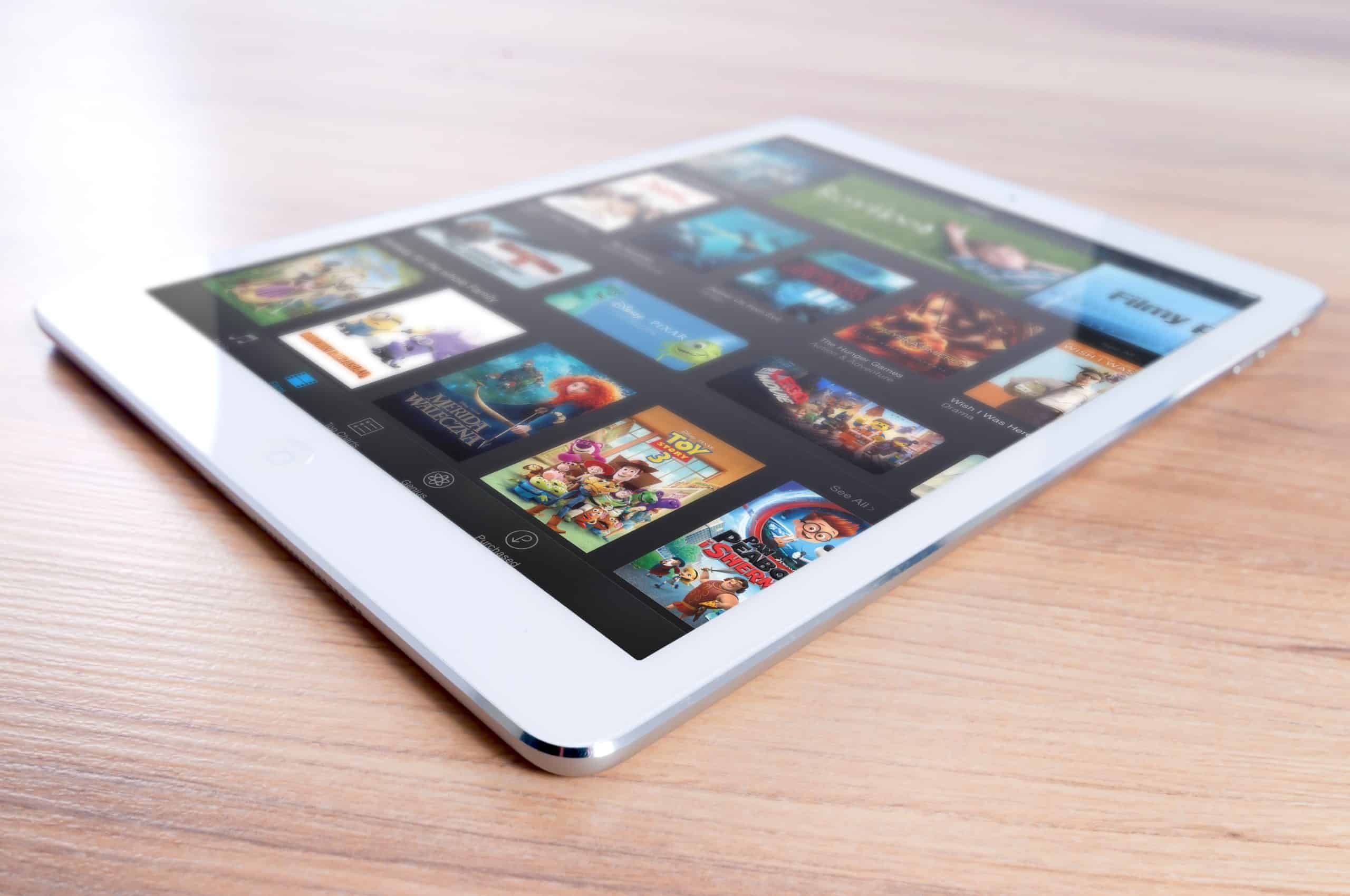If you’ve tuned into any news network lately, you’ve probably heard different narratives about millennials–from the industries they are disrupting, to their use of napkins (or lack thereof), to their affinity for avocado toast. Beyond these preferences, millennials’ actions are important to the world of marketing too–namely, the way in which they consume media. This generation is the first to adopt the world of connected TV, which is changing the marketing landscape as we know it, now making it vital for advertisers to understand these changes and improve ad targeting.
Today’s connected generation is comprised of consumers aged 35 and younger. These are the people who have grown up in the digital space with access to computers, laptops and smartphones for most of their lives. When it comes to TV specifically, this generation is ditching the traditional cable subscriptions and instead, are utilizing smart TVs, gaming consoles and streaming devices to watch live or on-demand TV. Within this connected generation, two major segments of media-consuming groups have been identified: cord-cutters and cord-nevers.
Cord-Cutter vs. Cord-Never
Wondering what the heck these words mean? Don’t worry, we’ll fill you in. A person is considered a cord-cutter if they have previously subscribed to a cable provider, but converted to exclusively streaming their TV and movies. A cord-never, as you may have guessed, is a person who has never signed up for a cable subscription and thus all of their TV intake is via streaming. Cord-cutters account for about 8 percent of TV viewers in the United States, while cord-nevers account for 9 percent.
Why Switch From Cable to Connected TV?
EMarketer dove into why cable users are making the shift to streaming and the results were two-fold. Out all the cord-cutters surveyed, 85 percent agreed that their cable subscription was too expensive compared to streaming offerings such as DirectTV Now. The price difference is significant, as outlined by a Business Insider contributor who shared his story of how cutting the cord saved him $1,000 a year.
The other main driver is convenience. Not only can you live-stream from any device, but streaming also includes autoplay, search and personalized recommendations for users. Plus, streaming allows the opportunity for binge-watching shows and movies–a very important feature for almost every millennial consumer.
As for cord-nevers, this world of instant gratification is the only world they’ve ever known. This generation doesn’t know what it’s like to have to wait an entire week to find out what happens in the next episode of their favorite show. Because this group can access TV at any time and in any place with their go-to streaming service, the concept of Prime Time television doesn’t resonate at all with cord-nevers.
Why Does this Matter to Advertisers?
With these shifts going on in the world of TV, we have to begin to wonder if it’s time for advertisers to make some serious changes to their media plans. Estimates made by eMarketer predict that linear TV viewers will drop 2.4% (around 5 million people) and cord-cutter and cord-never populations will grow by a total of 15% (almost 7 million people) by the end of 2018. This shift will force advertisers to evaluate their key demographics to determine where they are consuming the majority of their media. If the answer is through streaming devices, advertising through OTT (connected TV) should absolutely be included in every marketers’ media mix.
Interested in diving into the world of connected TV with your business? Connect with us via email at info@anderson-adv.com or check out our website to learn more about our top-notch media minds and ANDERSON’s approach to marketing in the digital age.
